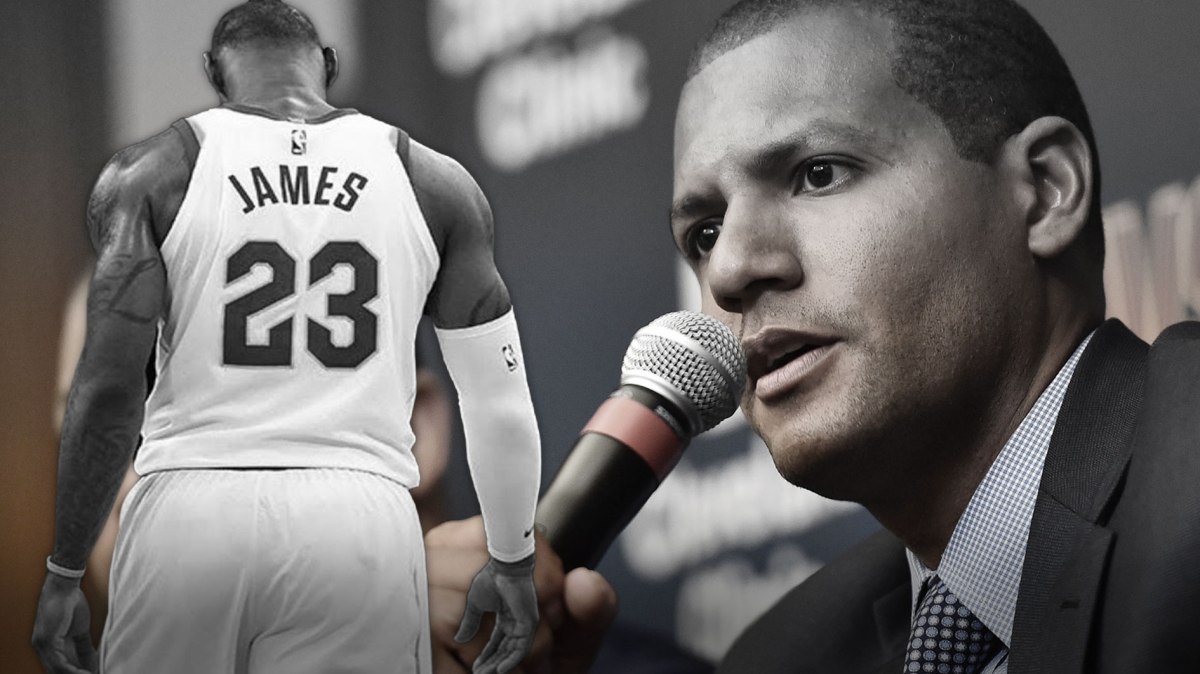Up next in this series is another fairly new addition, former Los Angeles Laker Jordan Clarkson. Late in the playoffs, Clarkson found himself in Ty Lue’s doghouse because of his extremely poor performance. However, this does not mean that Clarkson is on his way out of Cleveland, to the chagrin of many Cavalier fans.
In his fourth season with the Lakers, Clarkson was Lonzo Ball’s primary backup, leading the second unit off the bench. He averaged 14.5 points and 3.3 assists in 23.7 minutes per game, while shooting 45 percent from the field and 32 percent from beyond the arc. With Ball as their point guard of the future, Los Angeles wanted to move on from Clarkson’s four-year $50 million contract, and found the Cavs as a trading partner.
Cleveland received: Jordan Clarkson, Larry Nance Jr.
Los Angeles received: Channing Frye, Isaiah Thomas, 2018 CLE first-round pick
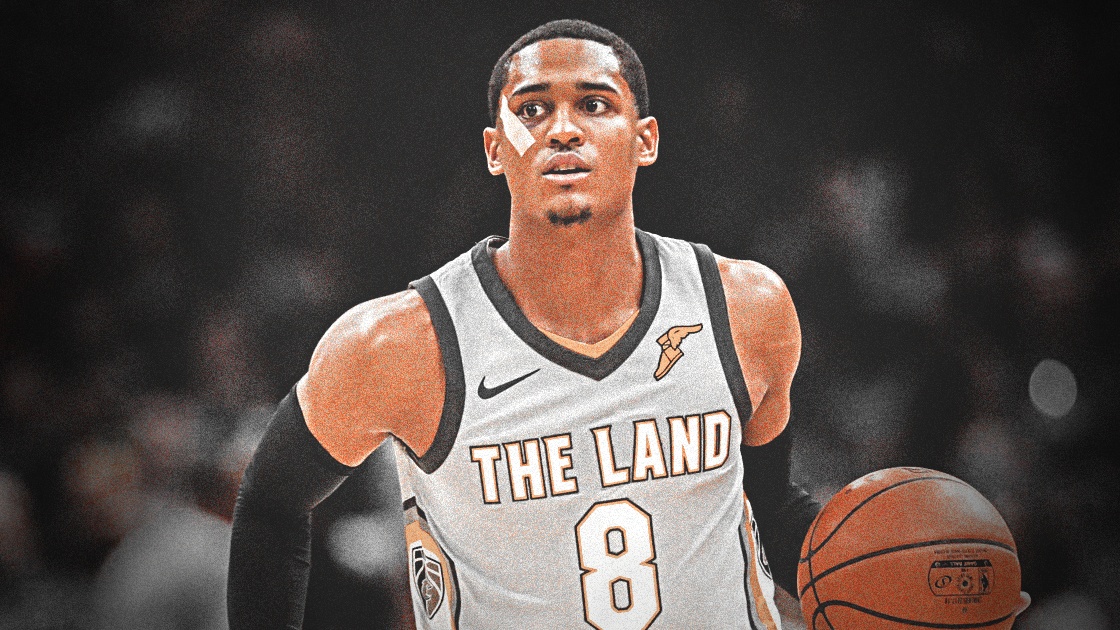
ClutchPoints
On paper, this doesn’t seem so bad. The Cavaliers sent out a late first-rounder (which ended up being 25th overall), and two expiring contracts (one of a severely underperforming locker room cancer) in exchange for two young players under team control.
However, general manager Koby Altman had all of the leverage in this deal, yet ended up giving the Lakers everything they wanted, and then some.
In order to position themselves to be able to sign two players to max contracts this offseason (whether the players are LeBron James, Paul George, or others), Los Angeles needed to create some more cap space, and the best way to do that was to ship off long-term contracts in exchange for expiring deals. Clarkson is signed through the 2019-2020 season and is still owed nearly $26 million. Nance will be a restricted free agent after the 2019-2020 season. With neither player in their future plans, the Lakers wanted to move on from both, especially Clarkson because of his pricey deal.
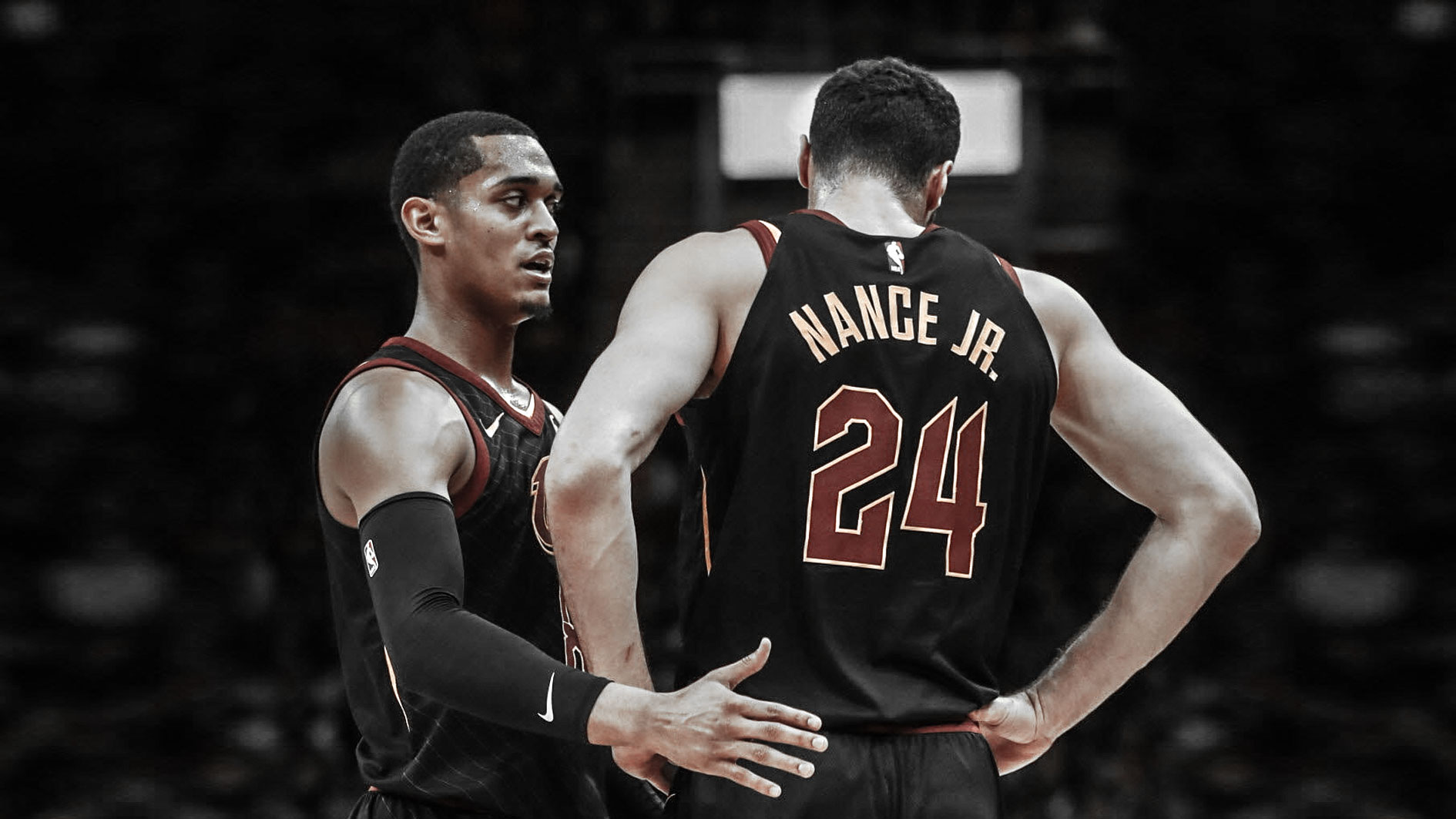
ClutchPoints
Frye was in the final year of a four-year $32 million contract which paid him about $7.5 million in 2017-2018. Thomas was also in the last year of his deal, and made $6.2 million last season. It is highly unlikely that either player re-signs in Los Angeles. So instead of being on the books for $15.3 million this year for Clarkson and Nance, the Lakers were able to free up $13.7 by letting go of Frye and Thomas. They accomplished exactly what they set out to do.
And on top of that, they got a first-round pick. It was a masterful negotiation by Lakers GM Rob Pelinka, and a very poor one by Altman.
In his first two games as a member of the wine and gold, it looked like Clarkson was a completely different player than he was in LA. In victories against Boston and Oklahoma City, Clarkson scored a total of 31 points on 13-21 shooting, including an excellent 4-7 from three-point range. In his 28 regular season games with Cleveland, Clarkson averaged a solid 12.6 points in 22.6 minutes, but his shooting percentages increased to 46 percent from the field and an impressive 41 percent from three-point range. It looked as if the Cavs had found their primary bench scorer.
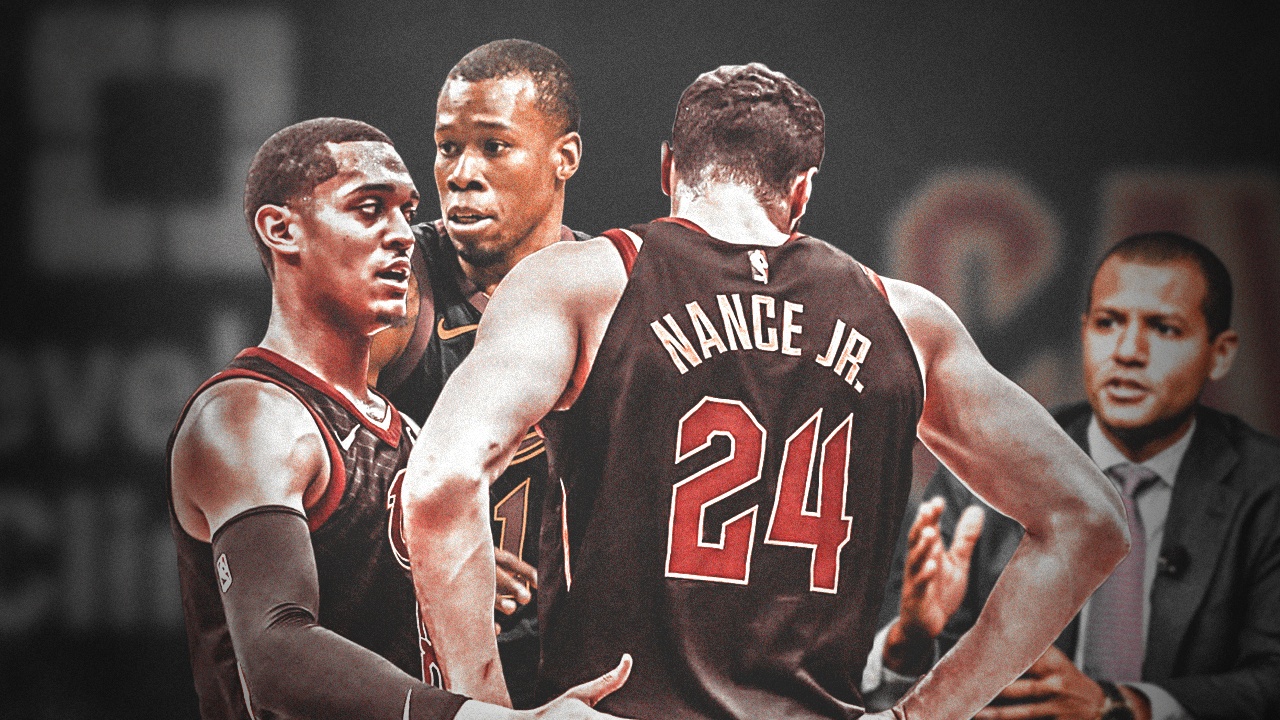
CP
Then the playoffs began, and everything came crashing down. As a whole, Clarkson averaged 4.7 points per game on 30 percent shooting, including an abysmal 24 percent from deep. But Clarkson continued to see significant playing time, even in the NBA Finals, where in the first two games, he totaled six points on 3-of-13 shooting in 25 minutes. He had two assists and two turnovers in that time as well.
Clarkson played so poorly that he was benched completely for the final two games of the series.
So is Clarkson the solid bench player from the regular season, or the abhorrent possession-killer from the playoffs? The answer is somewhere in the middle. Clarkson is a good athlete with a solid ability to get to the rim, even if he isn’t the greatest finisher. His shot selection is rather poor, and he gets tunnel vision with the ball in his hands, and won’t make plays for teammates.
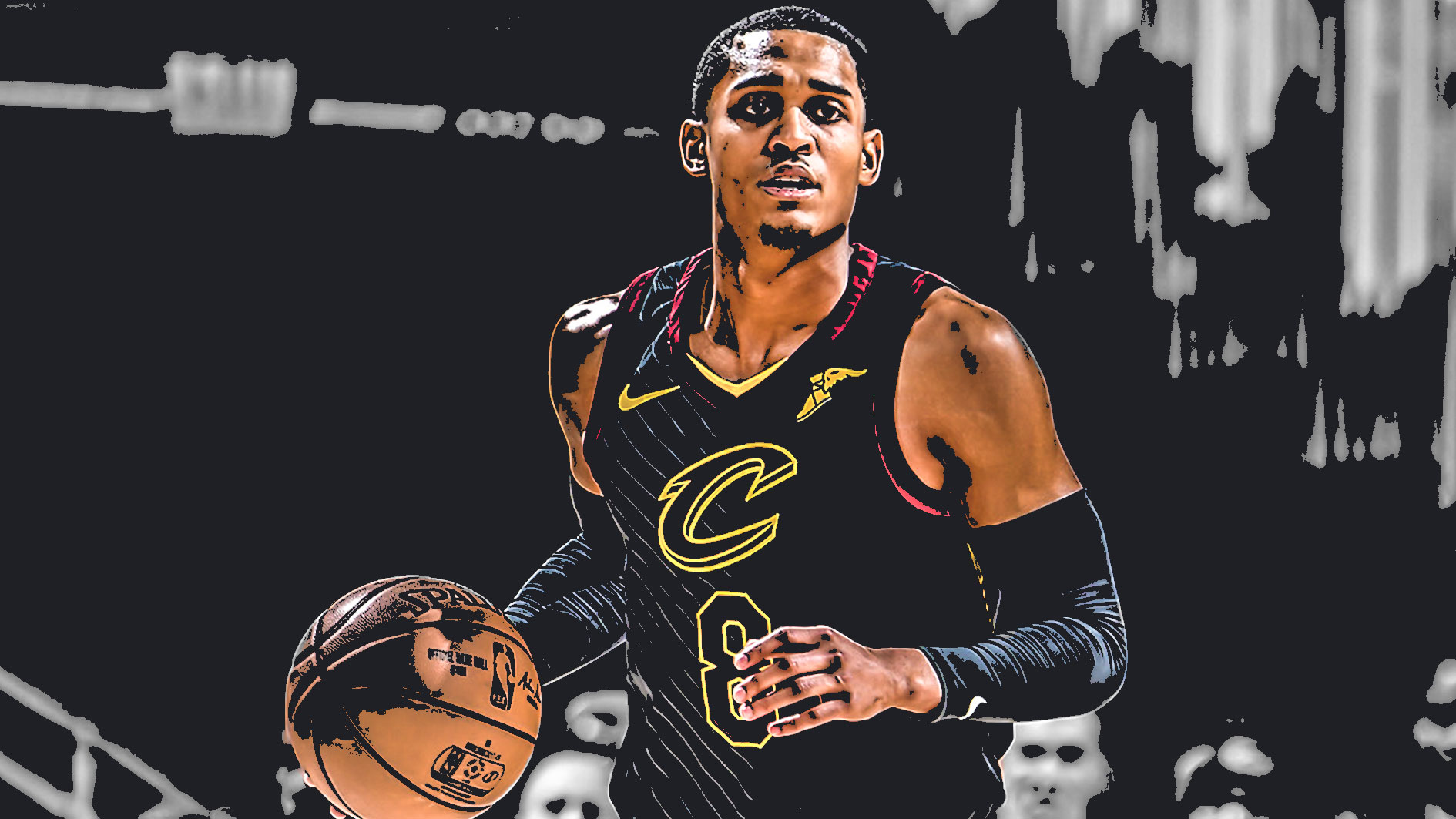
CP
If LeBron James remains with the Cavs, the front office should do everything they can to trade Clarkson, perhaps moving him along with the player selected with the eighth overall pick in exchange for an established veteran.
However, if a team is going to take one of Cleveland’s point guards, it’s going to be George Hill, who is a much better player and has an expiring contract.
Clarkson’s deal will make it difficult to trade him period, as not many teams are interested in an inefficient offensive black hole making $12 and $13 million.

If James leaves, Clarkson could very well end up being Cleveland’s starting point guard for the next two seasons, and at the very least would back up a player like Trae Young or Collin Sexton if the Cavaliers decide to draft them.
It’s not ideal, but Clarkson is likely to be with the Cavs for at least this year. Perhaps his expiring deal will make him tradeable after the 2018-2019 season, but that is a long time from now. The Cavaliers made this trade, and now they have to live with the consequences, chief among those being stuck with Clarkson.
